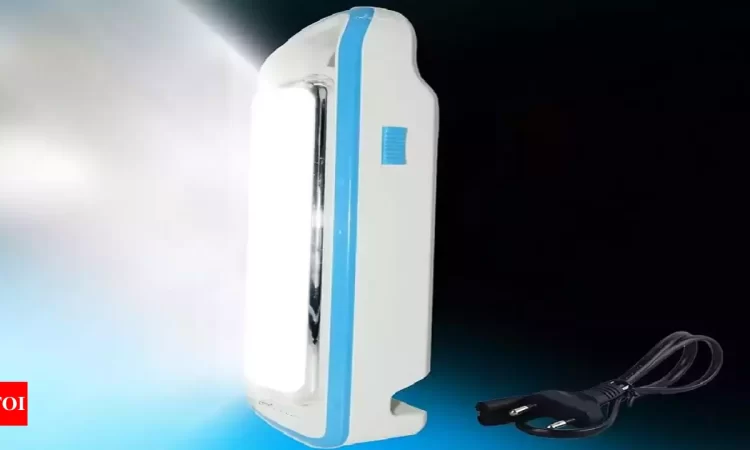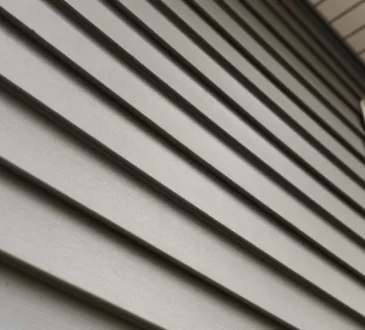
Power outages are common in India, especially during the monsoon season or in areas with unstable electricity supply. When the lights go out unexpectedly, it can leave you in the dark—literally. That is where emergency lights come in handy.
They provide a reliable source of light when the main power supply fails, helping you move around safely and continue with essential tasks. Whether it’s a brief outage or an extended blackout, having emergency lights at home ensures you are never left in the dark.
Let’s explore why emergency lights are essential, how they work, and the different types available for home use.
Why Emergency Lights Are Essential
A sudden power cut can be more than just an inconvenience. It can disrupt your daily routine, pose safety risks, and even damage electronic appliances. Emergency lights provide a practical solution by instantly illuminating your home when the power goes out, ensuring you and your family can safely navigate the house.
One of the main benefits of emergency lights is that they switch on automatically during a power failure. This automatic feature is particularly helpful at night when even a brief outage can create confusion and increase the risk of accidents like tripping or falling. Emergency lights help maintain visibility, allowing you to find flashlights and check on family members.
Emergency lights are also important for home security. A completely dark house can make your home more vulnerable to break-ins. Well-placed emergency lights around entry points like doors and windows can deter potential intruders by giving the impression that someone is home.
How Emergency Lights Work
Emergency lights are powered by rechargeable batteries that store energy when the main power is available. When the electricity supply is interrupted, the lights automatically switch to battery mode and provide illumination. The batteries begin recharging once the power is back, preparing the lights for the next outage.
Most emergency lights use energy-efficient LED bulbs, offering bright and long-lasting illumination without too much power. LED technology ensures that the lights remain cool even after prolonged use, reducing the risk of overheating. LED emergency lights are also more durable and have a longer lifespan than traditional incandescent or CFL lights.
The brightness and coverage of emergency lights vary based on the type and capacity of the battery. Some models are designed to provide focused lighting for a few hours, while others can illuminate larger areas for an extended period. Modern emergency lights often have adjustable brightness settings.
Another useful feature of emergency lights is the ability to charge through multiple sources. While most models are designed to charge through standard electrical outlets, some also support charging through solar panels or USB ports.
Types of Emergency Lights for Home
Emergency lights are available in various styles and designs to suit different needs and preferences. Understanding the different types can help you choose the right option for your home.
1. Wall-Mounted Emergency Lights
Wall-mounted emergency lights are fixed in place and provide consistent illumination during a power outage. They are ideal for hallways, staircases, and entry points where maintaining visibility is important for safety.
2. Portable Emergency Lights
Portable emergency lights are lightweight and easy to carry, making them versatile for indoor or outdoor use. They are perfect for situations where you need to move from room to room or carry a light source with you.
3. Rechargeable Emergency Lamps
Rechargeable emergency lamps resemble traditional table lamps but are designed to function during power cuts. They are ideal for use in bedrooms, study areas, and living rooms.
4. Emergency Tube Lights
Emergency tube lights suit larger spaces like kitchens, garages, and common areas. They provide uniform illumination and are designed to last for several hours on a single charge.
5. Emergency Bulbs
Emergency bulbs look like regular light bulbs but have a built-in battery that allows them to function during a power outage. They are easy to install and provide a simple yet effective solution for maintaining lighting continuity.
Choosing the Right Emergency Lights for Your Home
Selecting the right emergency lights depends on several factors, including the size of your home, the frequency of power cuts, and your specific lighting needs. A combination of emergency bulbs and portable lights may be sufficient for small apartments. In larger homes, installing a mix of wall-mounted lights and rechargeable lamps can provide comprehensive coverage.
Brightness levels and battery life are also important considerations. High-brightness lights with motion-sensing capabilities are ideal for safety in staircases and hallways. Softer, dimmable lights create a more comfortable atmosphere in bedrooms and living rooms.
Battery type and charging options should also factor into your decision. Lithium-ion batteries are known for their long lifespan and quick charging times, making them a reliable choice for emergency lights. Models that support solar or USB charging add extra convenience, especially during prolonged power cuts.
Placement is another key factor. Installing emergency lights at key locations, such as entryways, staircases, and near electrical panels, ensures that you have light where it’s needed most during an outage. In bedrooms, keeping a portable emergency light within easy reach provides immediate access in case of a sudden blackout.
Final Thoughts
Emergency lights are an essential addition to any home. They provide immediate lighting during power outages, improve safety, and add a sense of security. Investing in high-quality emergency lights ensures that you and your family are never left in the dark, no matter the circumstances.




